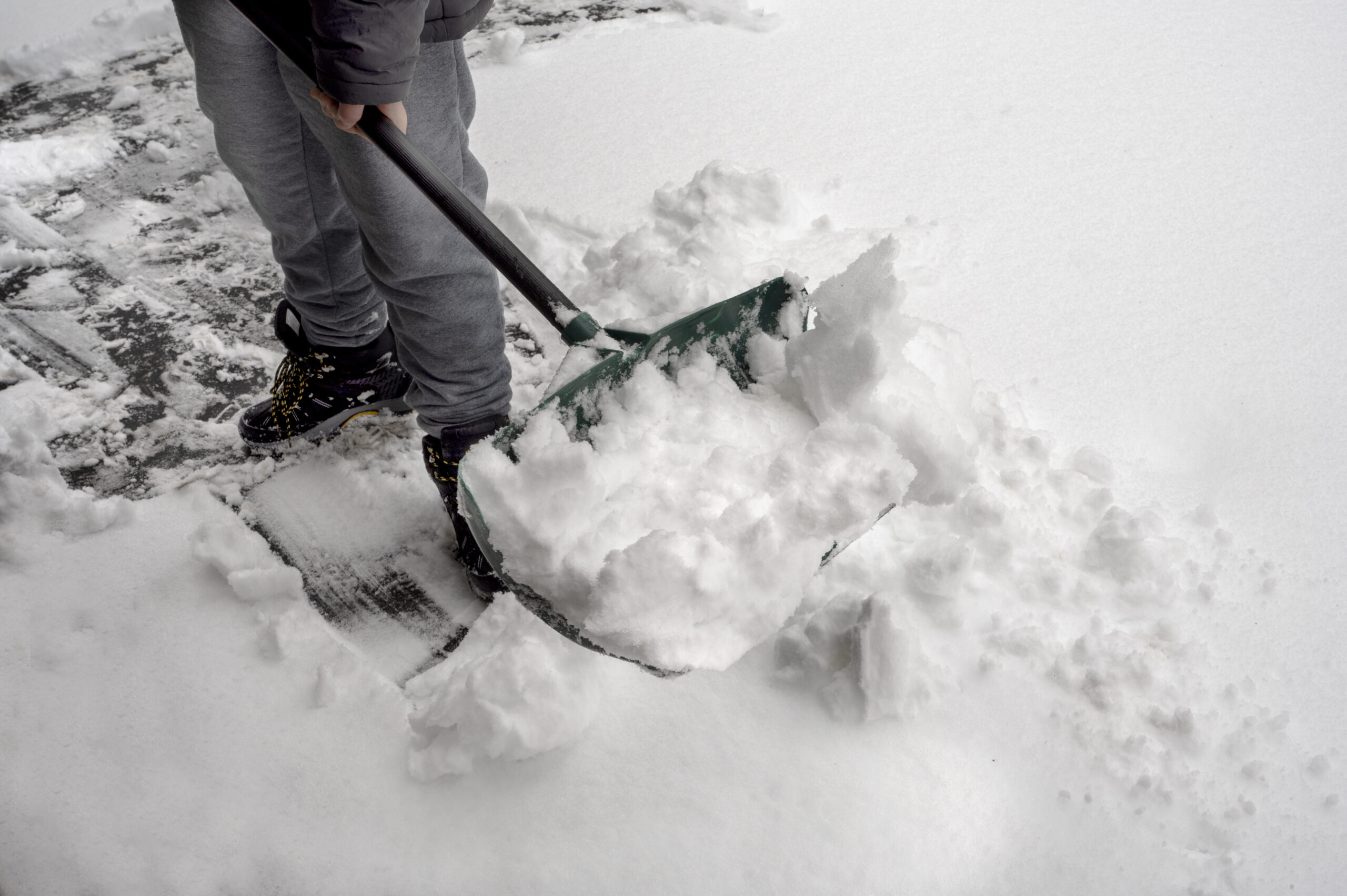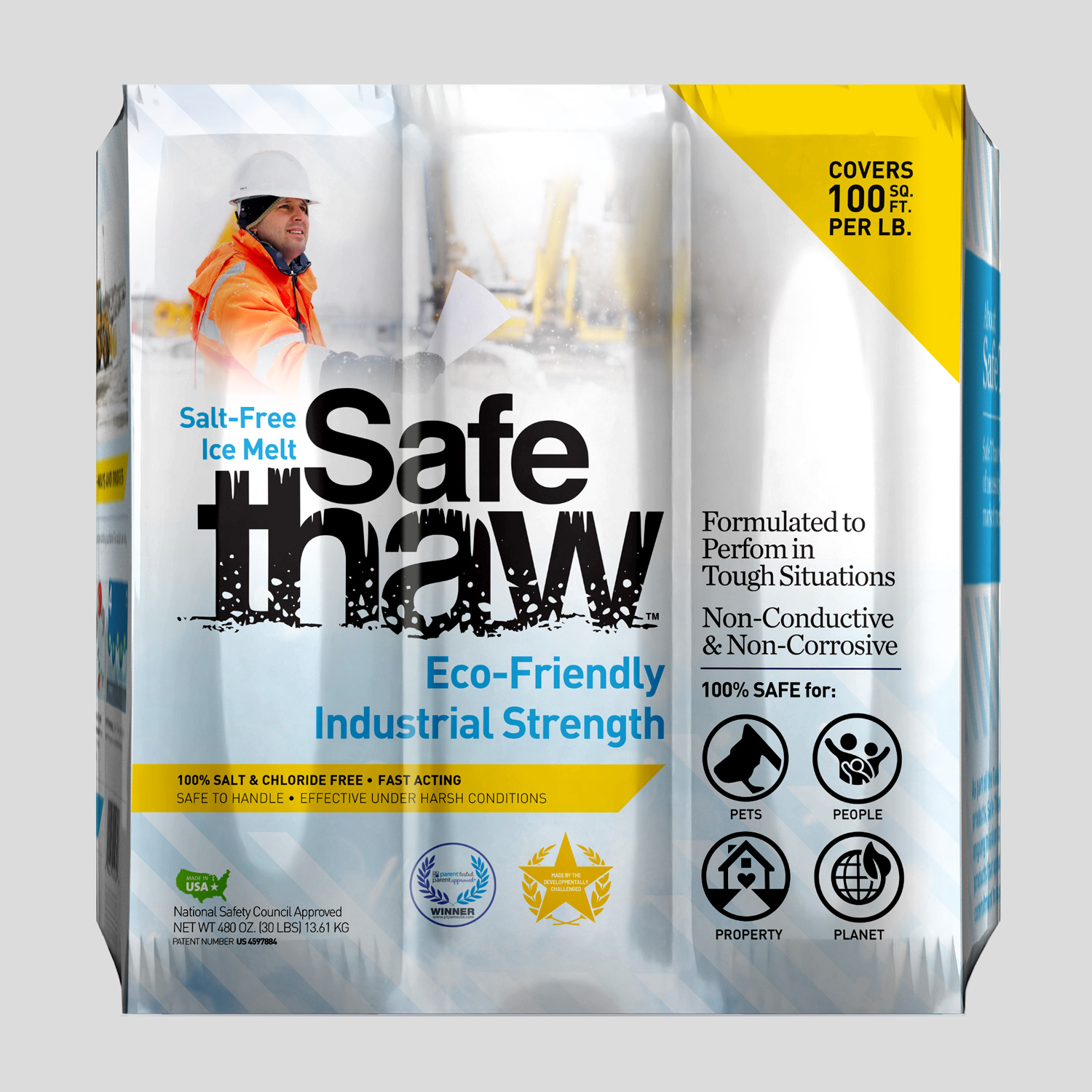Safe Disposal Of Dry Ice: 4 Essential Tips

Dry ice, a solid form of carbon dioxide, is commonly used for various purposes, from preserving food to creating fog effects. However, disposing of dry ice safely is crucial, given its unique properties. Understanding how do you get rid of dry ice is as important as knowing how to make dry ice with ice. Here are four essential tips for the safe disposal of dry ice.

Safe Thaw
Safe Thaw was created as the ice management solution for tough winter environments. Ideal in commercial and industrial properties, shops, government agencies, bridges, and construction.
1. Understanding the Basics of Dry Ice
Before diving into how do you get rid of dry ice, it’s important to understand what dry ice is. Dry ice is made by compressing and cooling carbon dioxide gas until it liquefies. When the pressure is reduced, the liquid turns into a solid state, forming dry ice. This process is quite different from how to make dry ice with ice, as the latter isn’t practically feasible due to dry ice’s much lower temperature.
2. Allow Dry Ice to Sublimate in a Well-Ventilated Area
The safest way to dispose of dry ice is to let it sublimate (turn from solid to gas) in a well-ventilated area. This is a key point in how do you get rid of dry ice. Place the dry ice in an open space away from pets and people, and ensure the area is well-ventilated to prevent the buildup of carbon dioxide, which could be hazardous.
3. Do Not Dispose of Dry Ice in Water
A common misconception in how do you get rid of dry ice is that it can be disposed of in water, including toilets or sinks. However, this is not recommended as it can cause rapid gasification, leading to the risk of explosion or damage to plumbing.
4. Never Seal Dry Ice in Airtight Containers
In the process of how do you get rid of dry ice, it is crucial never to seal it in an airtight container. The sublimation process creates gas, and in an enclosed space, this can lead to increased pressure, potentially causing the container to burst.
The Negatives of Using Dry Ice
While dry ice is useful, it has its negatives:
- Handling Risks: Direct contact can cause severe cold burns or frostbite.
- Asphyxiation Hazard: In poorly ventilated areas, the CO2 gas can displace oxygen.
- Environmental Impact: Excessive CO2 release contributes to greenhouse gas emissions.
Safe Thaw: A Safer Alternative for Ice Control
For those looking for an ice control solution without the risks of dry ice, consider Safe Thaw. Unlike the process of how to make dry ice with ice or how do you get rid of dry ice, Safe Thaw offers a straightforward and safe application. It’s chloride-free and toxin-free, ensuring it’s non-corrosive and safe for various surfaces. Safe Thaw doesn’t pose the handling and environmental risks associated with dry ice. Its patented formula, designed for efficiency and safety, is a superior choice for industrial and residential use.
100% salt & chloride-free, fast acting Ice Management Solution
Conclusion
Knowing how do you get rid of dry ice safely is crucial for anyone using this substance. By following these tips, you can ensure the safe and responsible disposal of dry ice. For ice melting needs, products like Safe Thaw provide a safe, effective, and environmentally friendly alternative, eliminating the need for handling the complexities and dangers of dry ice.
Try Also Our Other Winter Safety Products:
Safe Paw
The Original and #1 Selling Pet and Child Safe Ice Melt for over 20 years. Guaranteed environmentally safe –It won’t harm animals or children, and it won’t damage your property. That’s Safe Paw. Safe Paw can change how winter affects our planet.

Walk On Ice
The handy disposable canister can be taken everywhere, with the same 100% naturally occurring minerals that provide instant traction on ice or snow. Use it on sidewalks, steps, or as an instant traction agent for your car.



